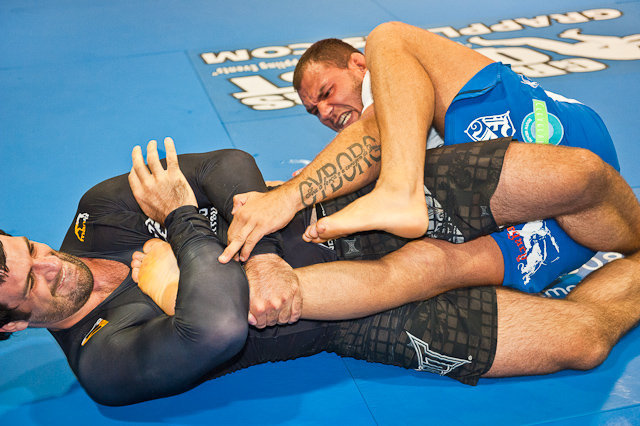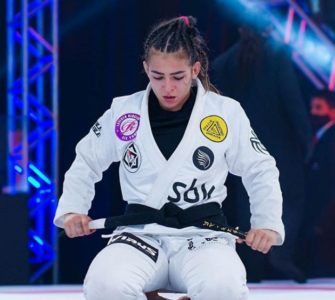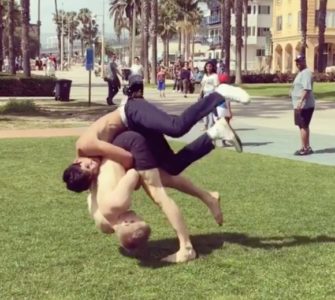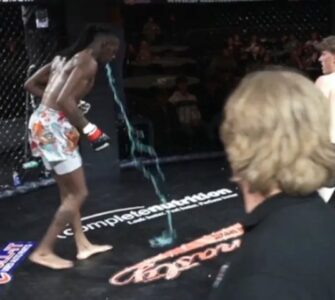Dr. James Liu is a BJJ player and an emergency room physician.
Here is what he told Gracie Barra about ringworm, cauliflower ear, joint sprains and spinal injuries in BJJ.
About joint sprains:
My recommendation for joint sprain is to stop exercising immediately. The “RICE” method of acute injury treatment works for everyone. Resting the injured part is important to promote healing. Applying an ice pack with a towel would limit swelling, but make sure the ice pack is not used for more than 15 minutes. Compression/restriction prevents further vascular or neurological damage. If dislocation/deformity is suspected, traction is only advised under medical supervision. Elevation is most effective when the injured area is raised above the heart level. Moreover, if the pain doesn’t abate in the next 3 days, one might need to see a doctor for further examination such as an x-ray.
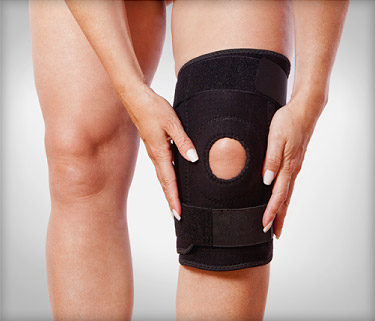
About the most serious injuries we might see from training BJJ:
Although many injuries can happen during training, cervical sprain and lumbar sprain is the nightmare. Hyperextension/hyperflexion or axial loading can cause nerve root or brachial plexus injuries, as well as fractures and dislocations. Common neurologic deficit/symptoms including numbness, tingling, loss of sensation, or paralysis. Sometimes a high level of cervical lesions can even cause respiratory distress. Therefore, in my opinion, everyone who is training BJJ should know the consequences of cervical injury and its symptoms. The responsibility of tapping and letting go of submissions lies with both people. Never underestimate the potential injuries of cervical spine, and return to play only when the symptoms have resolved.

